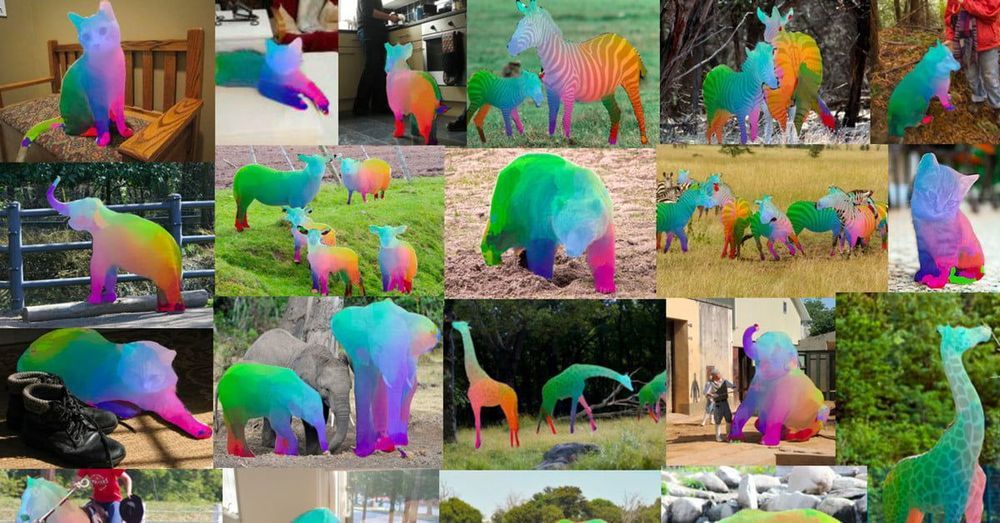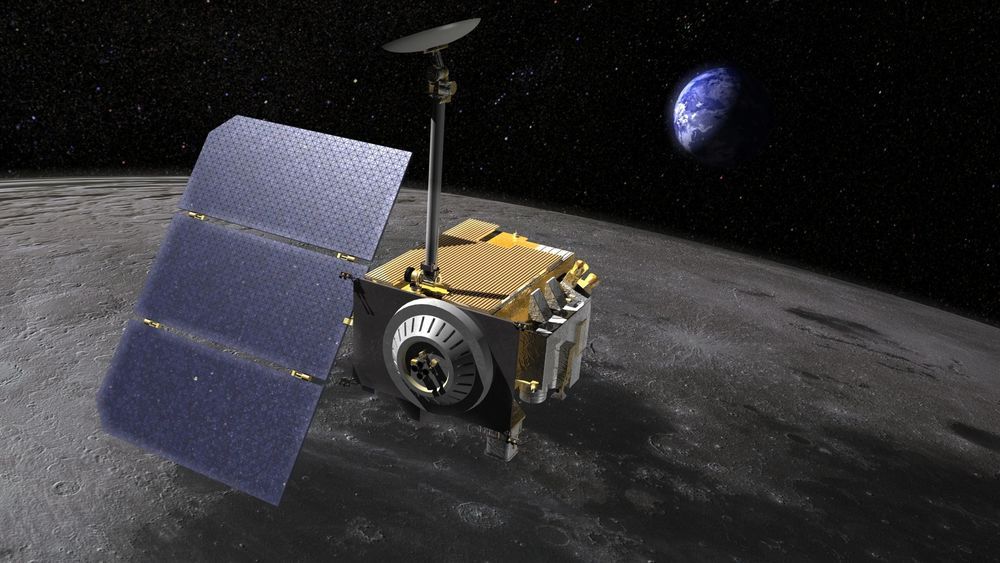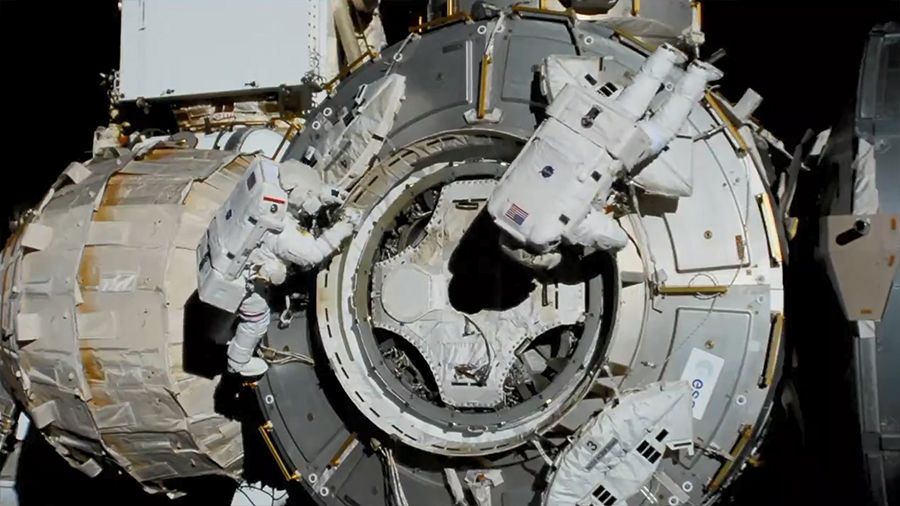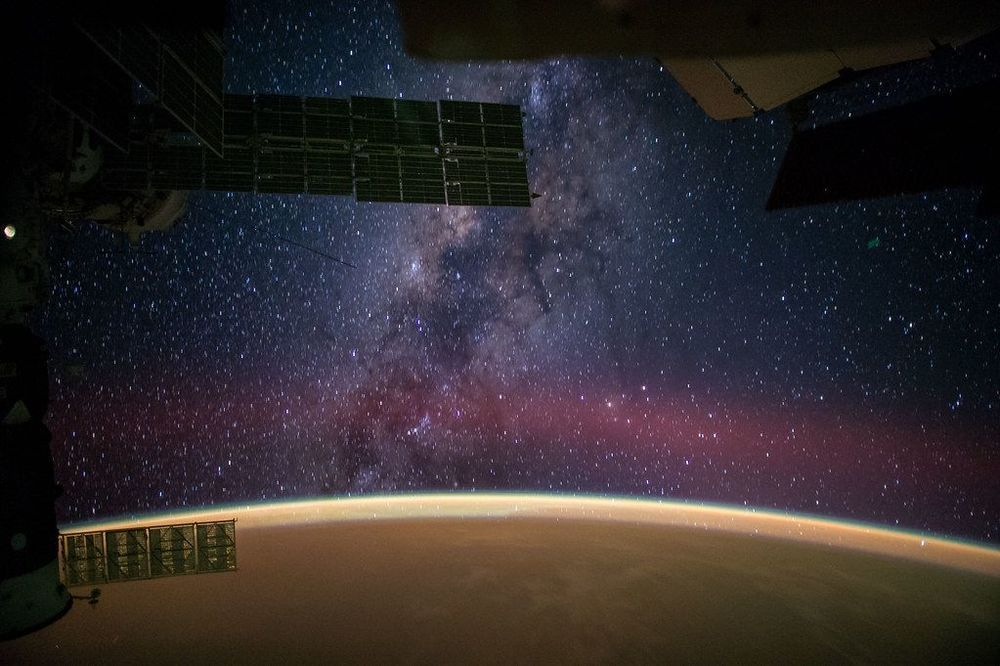The earth’s atmosphere and magnetic field protect humans from harmful radiation. However, it is a known fact that astronauts are exposed to radiation levels that are 20-fold higher than those found on planet earth. NASA recently did an experiment on the International Space Station after realizing that a fungus growing near the Chernobyl site was thriving on nuclear radiation because of radiosynthesis. The fungus was using melanin to convert gamma radiation into chemical energy. Therefore, space scientists grew the fungus inside the ISS for a month and analyzed its ability to block radiation.
The experiment showed that the Chernobyl fungus, now identified as “Cladosporium sphaerospermum,” was able to block some of the incoming radiation. This finding has implications for future space missions. Scientists are thinking of shielding astronauts and space objects with a layer of this radiation-absorbing protective fungus. Meanwhile, let’s await further updates from NASA. Please share your thoughts with us in the comments section.






